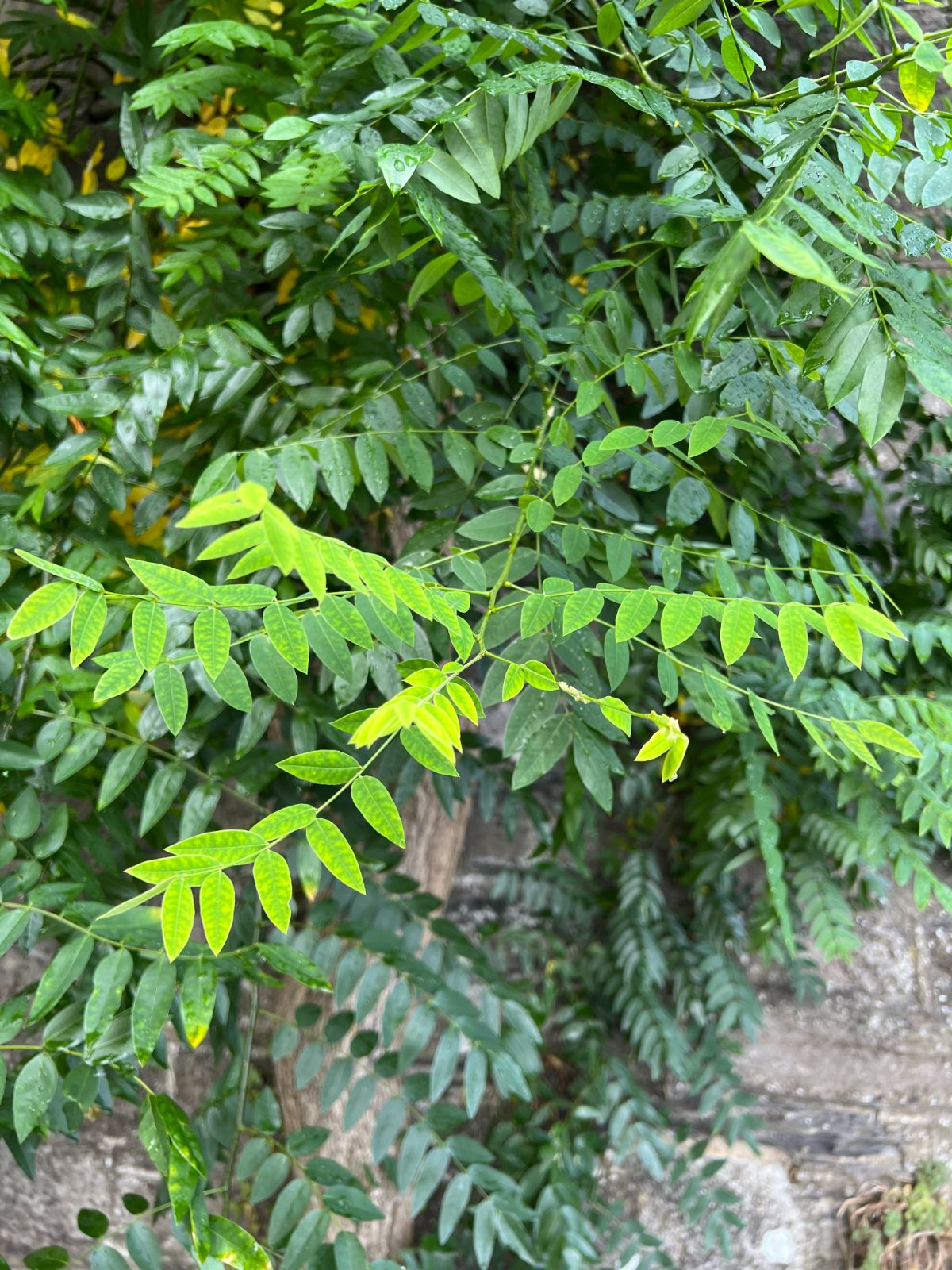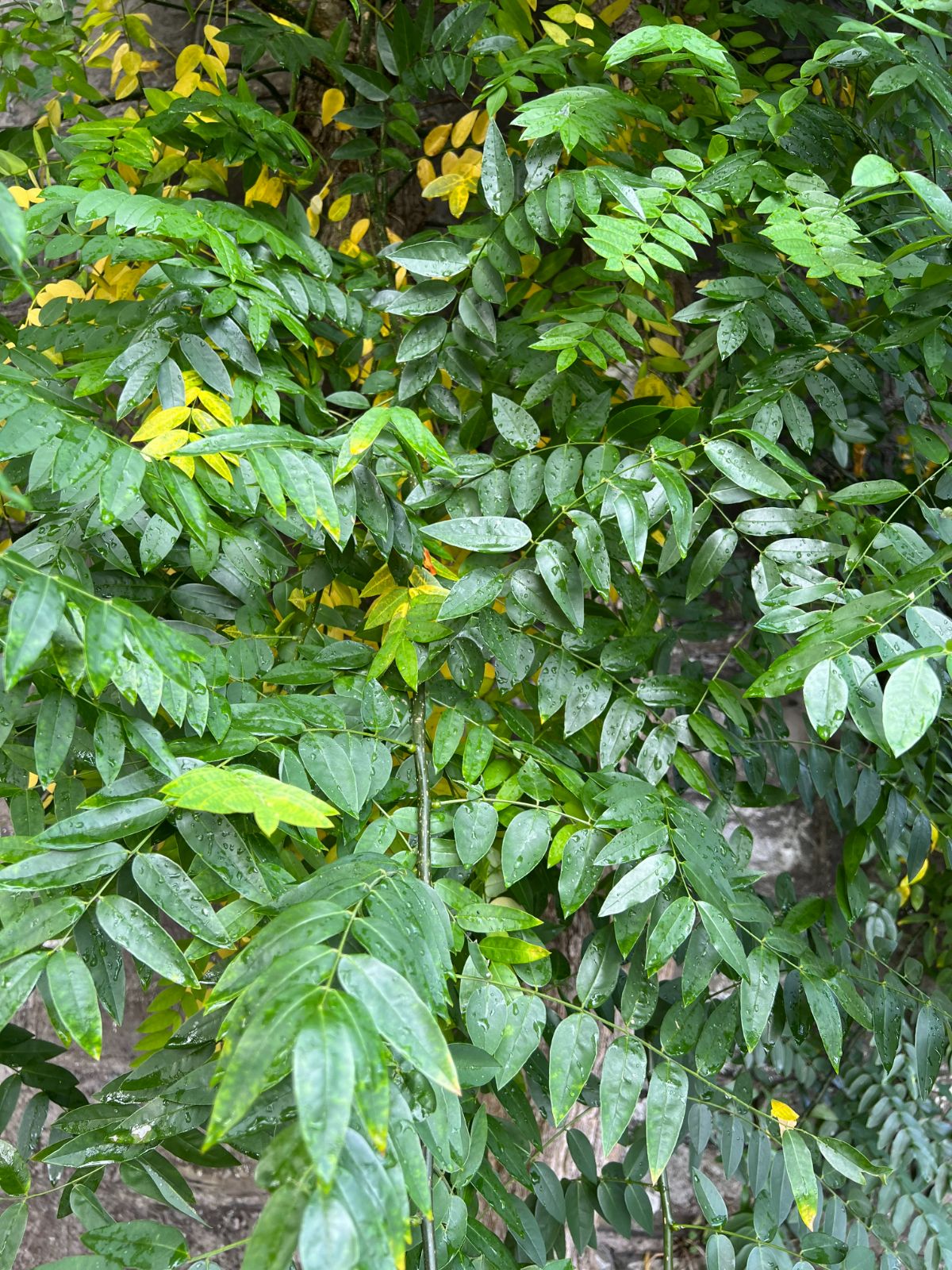Sophora flavescens
Credits
Article from Bean's Trees and Shrubs Hardy in the British Isles
Recommended citation
'Sophora flavescens' from the website Trees and Shrubs Online (treesandshrubsonline.
Genus
Originally described by Aiton in the Hortus Kewensis, vol. ii., p. 43, in 1789, this species has since appeared at intervals, but has never obtained a secure footing in gardens. It is merely sub-shrubby with us, and thrusts up during the growing season shoots 3 ft or more long, which are, as a rule, cut back to ground-level in winter. The pinnate leaves are 6 to 9 in. long, with up to nineteen narrowly ovate leaflets 11⁄2 to 21⁄2 in. long. Flowers yellowish white, 1⁄2 in. long, borne during July and August on a terminal cylindrical raceme or panicle up to 1 ft in length. The pods are 2 to 21⁄2 in. long and carry one to five seeds.
Native of China, where it has been collected by Delavay, Henry, Wilson, Forrest and others; also of Formosa. The shoots are really semi-herbaceous and too soft to survive the winters of our average climate, so that it forms in time a woody stool which produces gradually weaker shoots and finally succumbs. In W. Hupeh and E. Szechwan, where Wilson found it a shrub 6 ft high, he describes it as very common in sandy places.
From the Supplement (Vol. V)
The species, at least in a broad sense, also occurs in Japan, whence came the type of the synonymous name S. angustifolia Sieb. & Zucc. Another synonym of this species is S. kronei Hance.


